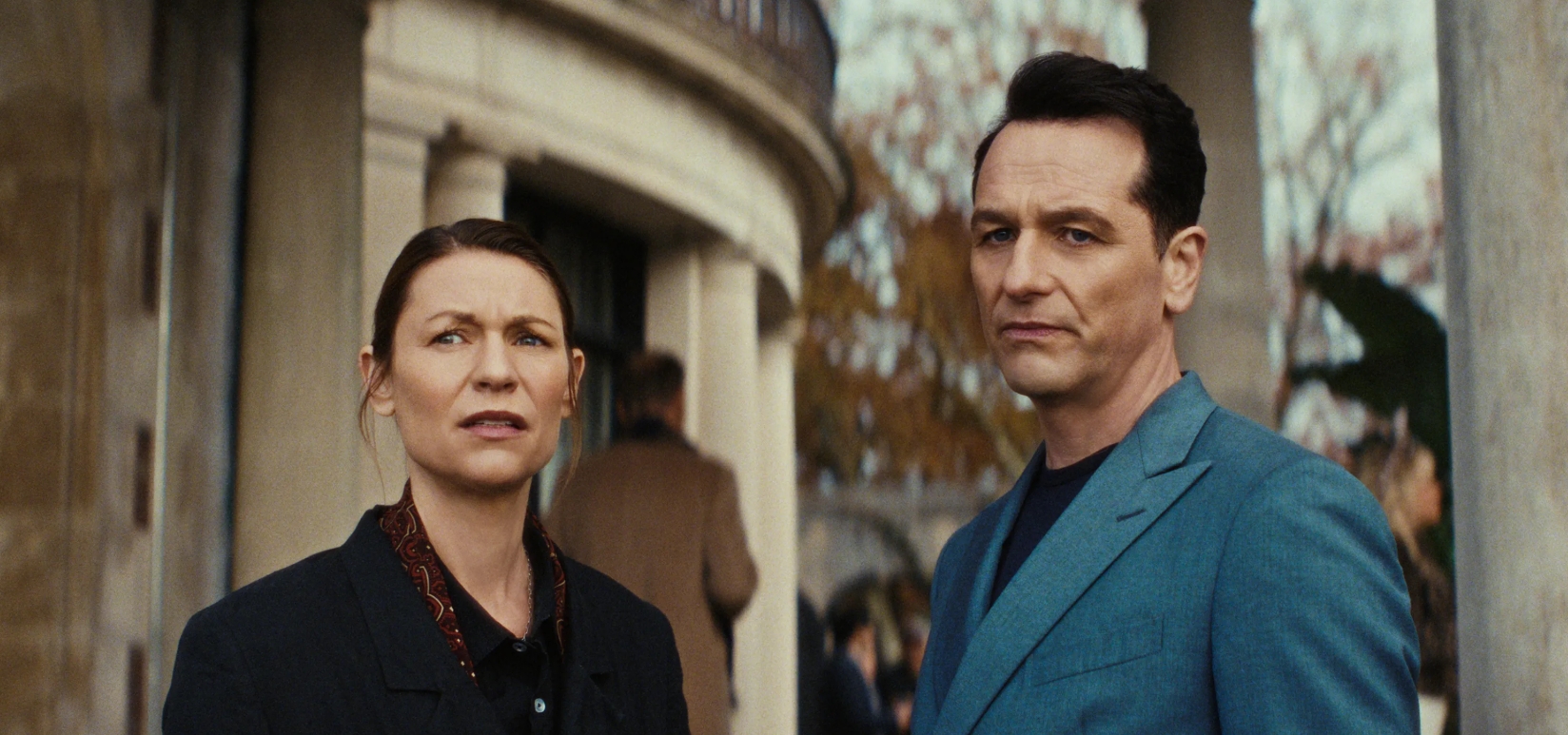Hollywood’s obsession with boxing movies shows no sign of slowing down — even as audiences appear to be losing interest. Sydney Sweeney’s latest film, a boxing drama that aimed to merge athletic grit with emotional storytelling, failed to land a knockout at the box office. But beyond the disappointment of one film, its underperformance raises a bigger question: why does Hollywood keep returning to the boxing ring?
The sports biopic has long been a cinematic staple, and boxing, in particular, has held a special place in film history. From Rocky to Raging Bull, the genre has delivered iconic performances, stirring narratives, and moments of triumph that transcend the sport itself. Yet, in recent years, the once-unshakable formula seems to be losing its punch. Audiences no longer flock to theaters for stories of redemption told through bruised knuckles and broken dreams. Instead, many seem weary of familiar arcs that echo the same rise-fall-redemption structure repeated for decades.
The enduring appeal of boxing stories
To grasp the enduring appeal of boxing for filmmakers, one must acknowledge its inherent cinematic symbolism. This sport offers a visual and emotional lexicon that readily adapts to the screen, with themes of struggle, resilience, and the pursuit of self-value being intrinsically dramatic. Every strike delivered serves as a metaphor for human tenacity, and each round contested reflects the unyielding trials of existence.
Moreover, boxing has historically offered a stage for exploring identity, class, and masculinity. In classic films, the protagonist was often an underdog — a working-class fighter clawing his way toward dignity and respect. These stories resonated deeply in eras when audiences identified with hardship and ambition. But as cultural values shift and the definition of “heroism” evolves, the genre’s traditional tropes risk feeling outdated.
Today’s audiences possess a heightened understanding of the intricate dynamics of gender, authority, and exploitation prevalent in sports. The concept of a solitary combatant striving for triumph appears progressively detached from contemporary discussions surrounding collaboration, susceptibility, and societal equity. This generational divide could elucidate why recent biographical films about boxing, despite featuring prominent actors, encounter difficulties in captivating audiences.
When the formula ceases to be effective
Sydney Sweeney’s boxing drama sought to reinterpret the classic narrative from a feminine perspective, combining themes of empowerment and physical resilience. However, despite its aim to update the genre, viewers did not connect with it. The movie was criticized for its absence of novelty and inconsistent mood—typical issues for sports biopics that struggle to reconcile factual accuracy with innovative storytelling.
Part of the problem stems from redundancy. Contemporary viewers, inundated with content across various streaming services, anticipate novelty and substance. They yearn for stories that astonish, provoke, or emotionally captivate them. When another boxing film emerges, touting victory over hardship, the response is frequently weariness instead of wonder.
Additionally, the sporting landscape has undergone a transformation. Mixed martial arts, a form of combat sport, has surpassed boxing in terms of widespread appeal, and spectators can now instantly access the personal narratives of fighters via social media platforms. The previously rare insight into an athlete’s emotional life, once a unique offering of film, is now easily accessible online—raw and spontaneous.
For cinematic creators, this implies that merely depicting a pugilist’s existence is now insufficient. The narrative needs to extend beyond the squared circle, delving into the deeper meaning behind the blows instead of focusing on the individual delivering them. Lacking such a progression, boxing-themed movies run the risk of becoming outdated artifacts from a period that glorified physical combat as the quintessential symbol of achievement.
Searching for the next evolution of the boxing biopic
Despite recent difficulties, cinematic portrayals of boxing retain their promise, provided filmmakers are prepared to innovate their methodology. The genre could experience a resurgence by redirecting its attention from the athletic contest itself to the broader social, psychological, and emotional landscapes that encompass it. Movies exploring the mental well-being of competitors, the financial strains of professional sports, or the ambiguous boundary between upliftment and exploitation have the potential to invigorate this established storytelling domain.
Female-centric narratives, such as Sweeney’s, possess the potential to instigate transformation — yet only if they transcend the compulsion to replicate male interpretations of the boxing legend. Rather than depicting women as combatants validating their abilities within a historically male paradigm, upcoming cinematic works could delve into how female competitors redefine power, fortitude, and selfhood according to their unique perspectives.
Another promising avenue involves broadening the locations and reach of these narratives. Boxing has moved beyond just dimly lit gyms or grand championship venues; it thrives in communities across the globe, from local youth initiatives to refugee settlements where the sport serves as a means of empowerment. Investigating these often-overlooked environments could revitalize the genre, imbuing it with genuine authenticity and worldwide significance.
The future of fight films in a post-boxing era
Hollywood has a long-standing tradition of adhering to established patterns. The boxing biopic, inherently rich in drama and emotional resolution, has consistently been a reliable choice—until recently. With audiences now seeking more intricate and diverse narratives, filmmakers face the decision of adapting or facing obsolescence.
The real task isn’t to discard sports as a narrative tool, but rather to redefine the essence of what a struggle represents. The next groundbreaking boxing movie might not center on title fights or decisive blows; instead, it could explore themes of psychological resilience, self-discovery, or navigating a system as unforgiving as the sport itself.
In this regard, the genre’s longevity might hinge on filmmakers’ readiness to venture beyond the conventional — to discover novel approaches for portraying conflict and success that mirror current societal conditions. Otherwise, boxing films could persist in throwing powerful punches without landing them, engaging in a shadow fight with history instead of grappling with what lies ahead.
Perhaps the question isn’t why we keep making boxing biopics — but whether we’re brave enough to reinvent them.





